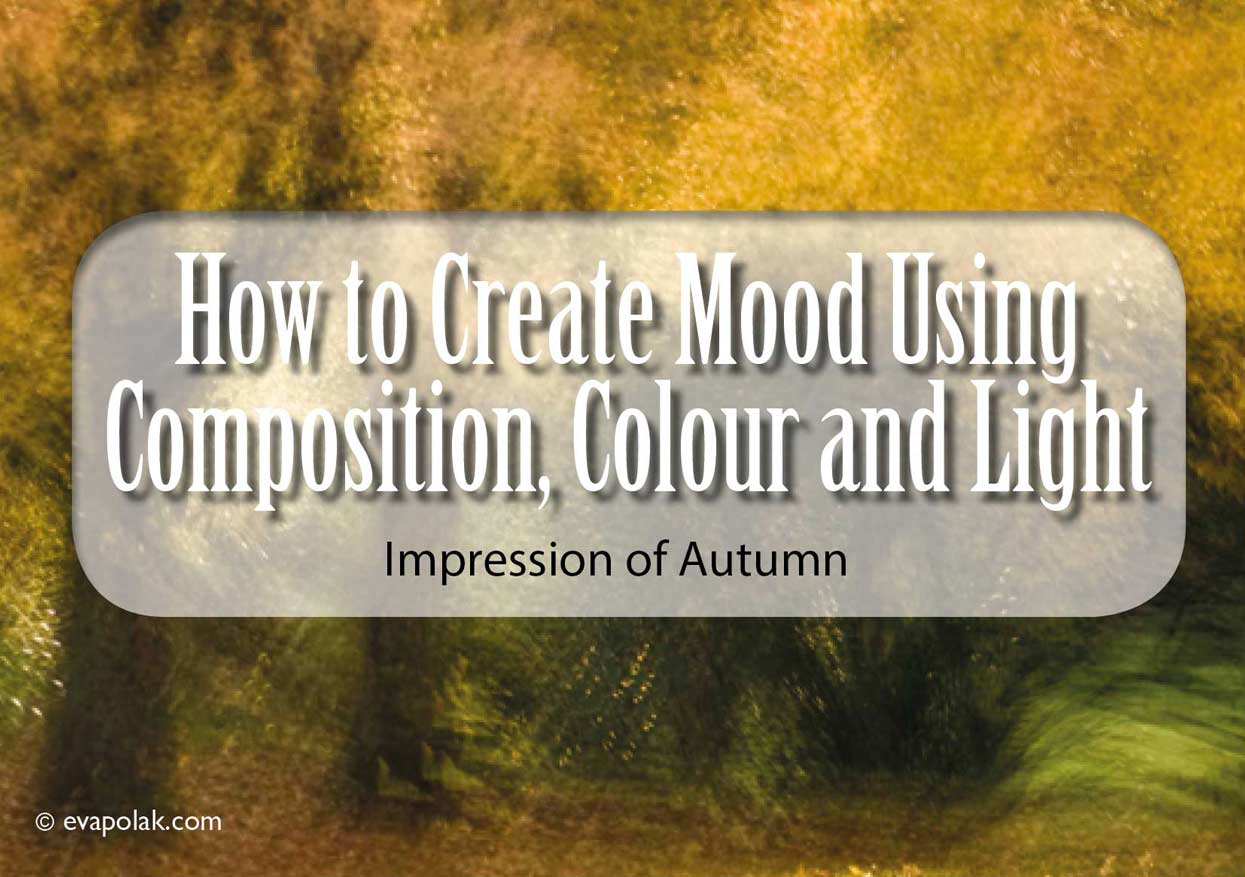Photography in the first place is a matter of seeing. As photographers we strive to develop the ability not only to respond to and enjoy the world around us, but also to study, analyse and understand it. Through the actions of light, we perceive and interpret our surroundings. Light motivates us. Light excites the eye and emanates the energy that transforms mundane objects into something special and magical. Light can be the source of inspiration. It affects the mood, feeling and content of a photograph. Light gives us colour as well as defining forms. Yet light itself is an elusive and transitory thing. It can be dramatic, mysterious, cold or hot, stormy or calm. It gives us patterns, shapes, textures and lines.
So how we can capture light's poetry in our photographs? What special skills do we need, as photographers, to make sense of the way in which light affects and determines what we see? How do we go about conveying these effects in our images?
The answer to these questions is surprisingly simple. It doesn't require an expensive camera or extensive technical knowledge. We begin to see more light when we allow ourselves quiet moments to stop, to look and to feel. Once we consciously begin to experience the transient play of light and shadow, we will sense and respond to the magic that light creates.
"Light makes photography. Embrace light. Admire it. Love It. But above all, know light. Know it for all you are worth, and you will know the key to photography."-- George Eastman
Observing and experiencing light is a journey. We just need to let light guide us and make each moment a new discovery. The results may be surprising and fascinating. Impressionist photography is a perfect way to see and experience light. It is most concerned with light effects on natural forms. The subject matter is only a vehicle to convey feelings and emotions that light creates. Impressionist photography responds to the fleeting moment. It focuses on the interaction between light, colour and form.
Light is extremely variable and each type of light will give us very different results. Light can be soft and diffused or hard and directional.
We can quickly learn how light behaves in certain situations. When the sun is behind our back, we can see how space becomes shallower, the colours are more distinct and vibrant and the lines shaper. When we look into the sun, we can see silhouettes and shapes of the object. The colours are muted. When light comes in directionally from the left of right, it gives the subject a strong three–ddimensional quality.
Light, like colour, also has temperature. Warm light is yellow or red and cool light leans to blue. As theday progresses, each change in the colour of light creates a new image. In the morning light tends to be pink and yellow, midday light is bluishwhite, while in the evening it has a warm yellow and red glow.
Essentially, there is no good or bad light. Each type of light has its own qualities. Having an understanding of the properties and qualities of different types of light allows us to be better prepared to make the best use of the available light.
The best way to study the light and how it influences the world around us is to start a personal project. Go to a garden and locate an interesting subject. Walk around it and see how the relationship between flowers and foliage changes with the direction of the sunlight. Notice when your subject looks flat and two–dimensional and when light adds texture and depth. Take multiple pictures of each side for a reference. Do this same exercise on an overcast day and then at different times in the morning, midday and evening. To take your study even father, do this exercise during each season – spring, summer, autumn and winter. Observe how the light, mood and feelings change.
Each of us naturally will be drawn to a particular light condition. Regardless of whether the light is soft, subtle, and diffused or obtrusive and harsh, it is always present, moving and ever changing
All around, light is sparkling, swirling, and bouncing. Wherever you look, light dazzles and dances. Watch, wonder, and investigate. Be the student of light.





